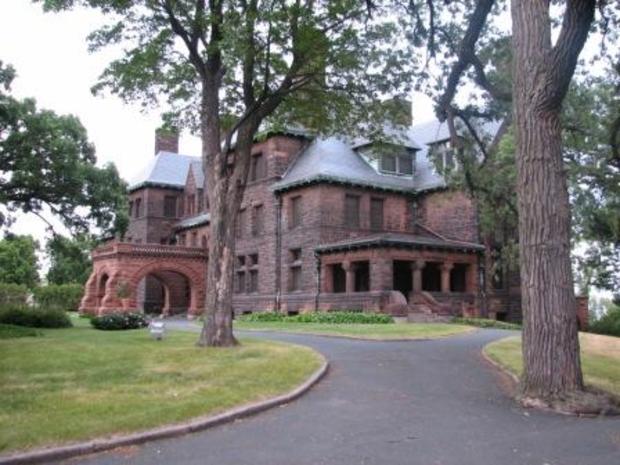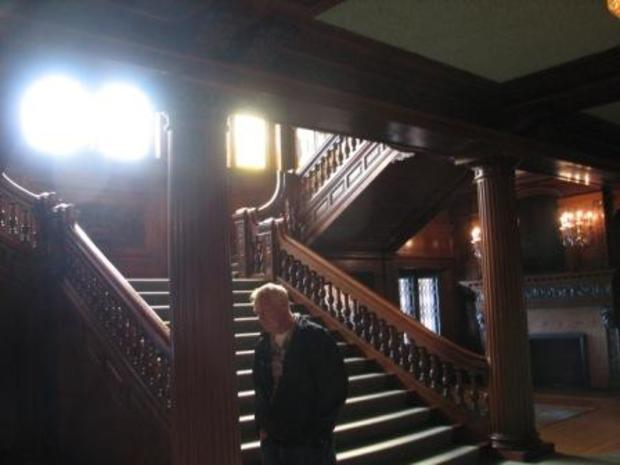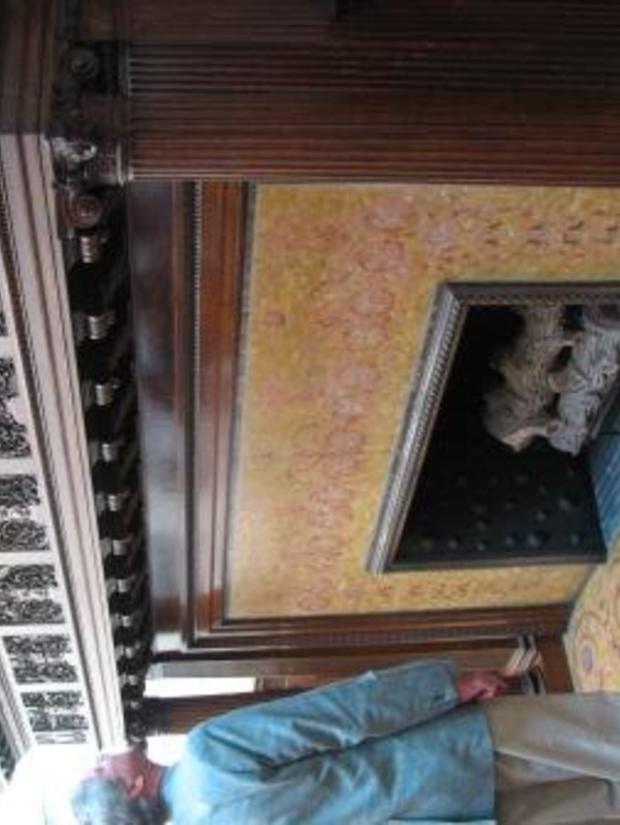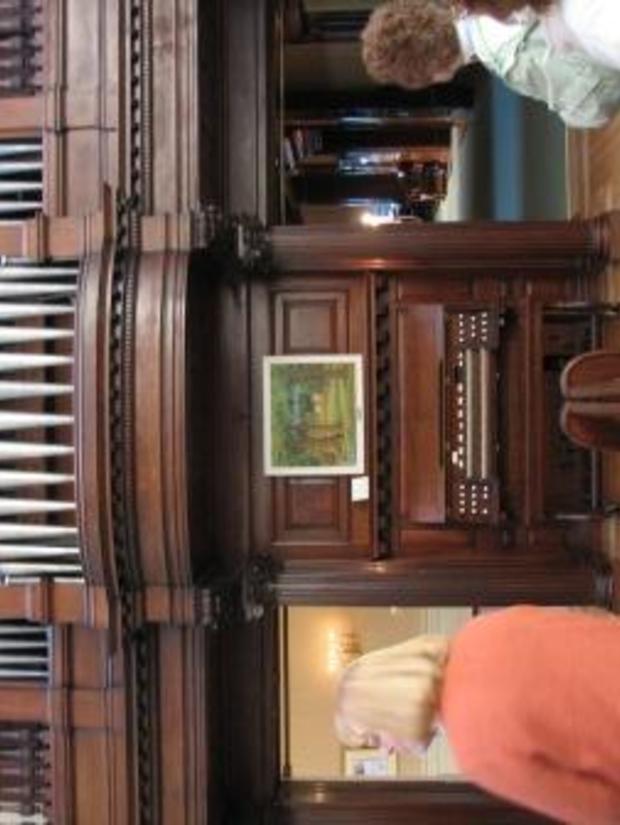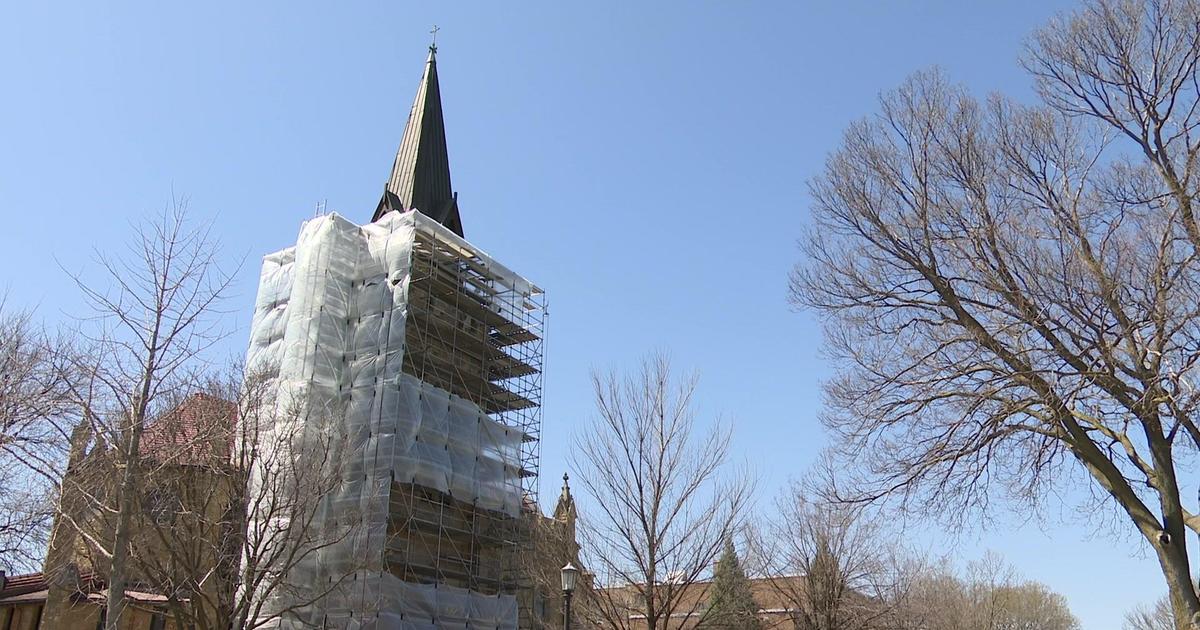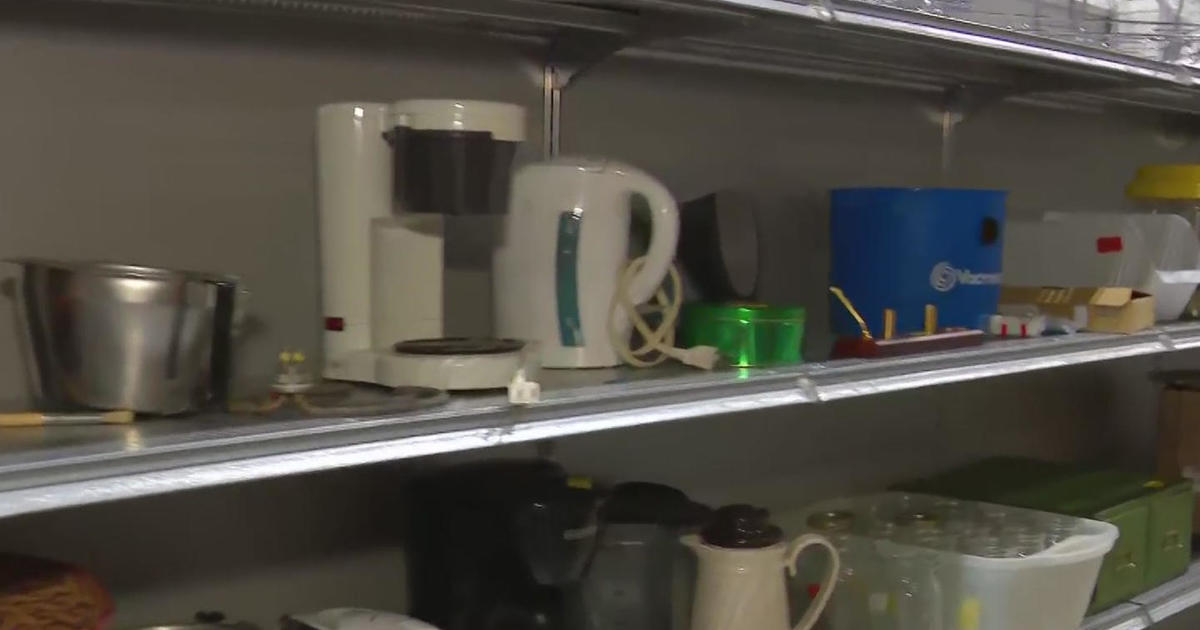Historical Society Creates Tours For Memory-Impaired
I've often been a cheerleader for the Minnesota Historical Society, because I think the work they do in preserving Minnesota's past, and developing programming to make it fun and interesting in the present, is stellar.
Now they're venturing into new territory (at least new territory for historic museums) by creating a series of tours for the memory-impaired and their caregivers. After a year-and-a-half pilot, the tours were opened to the public last fall at the James J. Hill House in St. Paul.
I spoke with the Historical Society's Maren Levad, who's a program manager behind this new initiative. She noted that the tours are based on the Meet Me at MOMA program developed by New York's Museum of Modern Art. The idea was to explore whether people with dementia would benefit from special museum tours designed to cognitively stimulate them. After a multi-year study demonstrated that these tours did benefit the memory-impaired, the museum created a general template for other museums to follow, and many art museums have participated.
"The art museums use three specific pieces of art to start a conversation: 'Tell me what you see,'" Levad said. "They also use sensory items, things the visitors can touch and experience. They found that the most essential thing to do for people with memory loss is to help them learn and connect to their life story. We're a historical society—that's what we do!"
The Historical Society was able to get grant funding from the Helen Bader Foundation of Wisconsin through its Spark Initiative, designed to help museums and cultural centers support the memory-impaired and their caregivers. The funding allowed the Historical Society to develop monthly small-group tours. (There are also private tours offered to groups from assisted living and adult day centers, which is sponsored in part by the Legacy Fund).
A pilot was put into place and was modeled on MOMA's three pieces of art design. But instead of three pieces of art, the Hill House has three stops focused on either rooms or objects, sometimes with a theme. "We felt a home was a good place to start," said Levad. "The History Center can have a lot going on, a lot of noise. We thought people would feel more comfortable in a familiar atmosphere, like a house."
She noted that the tours for the memory-impaired and their caregivers are 180 degrees from the usual tour. "People aren't going to learn how many fireplaces there are, the type of wood on the stairway, those kinds of things," said Levad. "We're focused on conversation, laughter, singing, all in a safe place."
That feeling of safety extends also to the caregivers. People with dementia sometimes behave unpredictably, as if they've lost their filters. This can be problematic for caregivers in public, but in a small group (10 maximum) with other caregivers who understand what's happening, they can feel accepted and not judged.
There are other aspects of the tours that are different from the regular tours. "We greet each person individually when they arrive, try to learn a little about them," Levad said. "We pay attention to sensory details, like having extra lighting, because old homes can be so dark, or extra chairs, because some can't stand very long. And we pay attention to the cognitive levels of the participants. Sometimes they might be interested in hearing some of the history, and other times they just want to talk." She also noted that regular tours have one guide per 20 people, while these tours have two guides per 10, along with one to two volunteers.
"The tours are super fun, and the guides love them," Levad said. She notes that every room visited has a sensory object, sometimes based on that day's tour themes. For a servant's tour, they might visit the dining room and pass around different types of silverware, or have fresh loaves of bread from Great Harvest to remind participants of the joys of freshly baked bread.
"We have music on most of the tours, because they really respond to that," Levad said. On a wedding-themed tour, they'll have someone play the Wedding March on the grand organ in Hill House, with participants enjoying wedding cake.
The success of the program (which is in high demand and must be booked in advance) is rooted in its "scaffolding" approach: What can the participants do? If they were going to bake something, can they follow or remember a recipe? If not that, can they stir or measure ingredients? If not that, can they watch and taste the food? The idea is for every participant to be able to join in at whatever level they can manage, at their pace, for their enjoyment.
This fall, the Historical Society will launch a second set of these tours at the Mill City Museum, using the baking lab there as a jumping-off point to remember cooking and baking, along with viewing old commercials, Betty Crocker cookbooks, and the giant tractor to help them reminisce—and relax and enjoy themselves, along with their caregivers.
For more information on these tours, contact the Historical Society at 651-259-3015.
What else is happening in our state? Be sure to check out the 10 p.m. Sunday night WCCO newscasts, where you can learn more in the weekly segment, Finding Minnesota.
